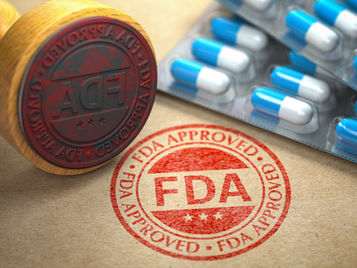top of page

Search


Sandoz signs global license agreement to commercialize breast cancer biosimilar pertuzumab
Agreement with EirGenix Inc. grants Sandoz exclusive rights to commercialize proposed biosimilar of pertuzumab for treatment of HER2-positive early breast cancer / metastatic breast cancer.
Nov 12


Advancements in obesity treatment: Emerging therapies and future directions
Obesity drugs are advancing with over 100 drugs in development. New treatments combining GLP-1 with other hormones are being developed.
Nov 11


Responsible Use of Artificial Intelligence in Health Care: Evidence, Challenges, and Best Practices: An Opinion of the Drug Information Practice and Research Network of the ACCP
As AI transforms health care, clear frameworks are needed to ensure ethical, equitable, and effective use. The DI PRN of the ACCP urges responsible implementation and improved AI literacy to empower clinicians and patients.
Oct 29


Biosimilars Boom: 2025’s Fast Track Approvals Look to Reshape Healthcare
Biosimilars are rapidly transforming the U.S. pharmaceutical market amid rising healthcare costs and a shift in interchangeability policy. Market competition is intensifying, with some biosimilars offering wholesale and ASP discounts, signaling significant cost savings and ultimately broader adoption.
Jul 16


Concerns Grow Over Potential Delays in FDA Drug Approvals Amid Government Cuts
FDA drug approval delays due to government cuts are happening but not widespread yet. Early signs and staffing challenges suggest the situation could worsen over time.
May 20
bottom of page
